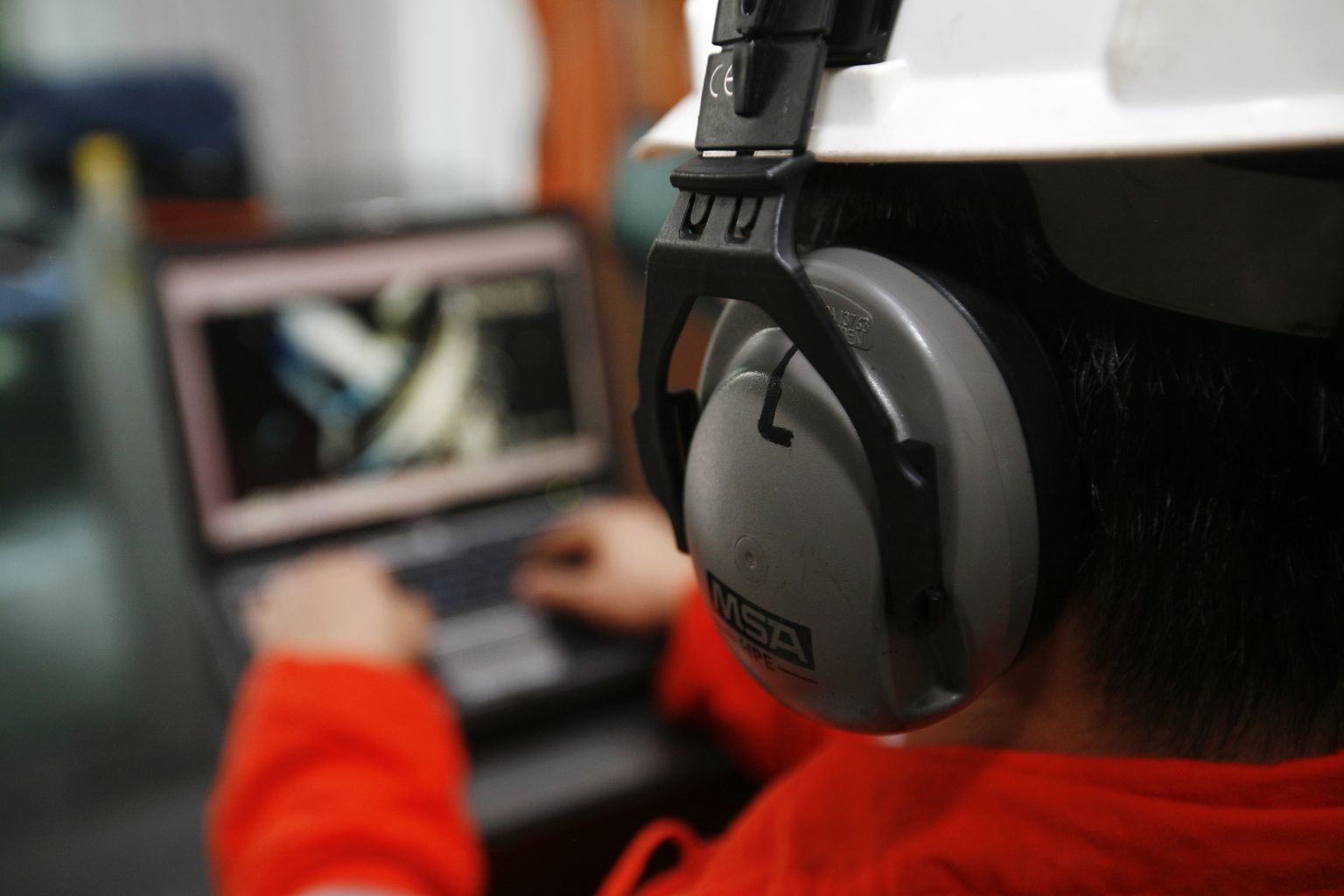Noise-induced deafness cases down as workplace injury number falls: MOM
Sign up now: Get ST's newsletters delivered to your inbox

Noise-induced deafness cases were down from 196 in the first half of 2017 to 102 in that period this year.
PHOTO: ST FILE
Follow topic:
SINGAPORE - The number of noise-induced deafness cases in the workplace has plunged in the first half of 2018, a change that will help retain workers, especially the good ones, said some analysts.
Overall, the picture is also brightening, according to the Manpower Ministry's preliminary figures on workplace safety for the first half of this year, which were released on Monday (Aug 20).
They show the number of occupational diseases - a cause of concern in 2017 - fell to 294 from 471 in same first half of last year, and 328 in the second half.
Among the top three diseases, noise-induced deafness fell to 102, which is 94 fewer cases than in the first half of last year.
Skin diseases more than halved, declining from 50 to 21.
The drop in musculoskeletal disorders, however, was less dramatic. It slipped 14 per cent, from 182 to 157 cases.
The ministry's report also shows an overall decline in workplace injuries, but the number of deaths hardly changed.
There were 20 fatalities, down from 23 in second half of 2017, but one more than in the first half of 2017.
The construction industry had the highest number of deaths: eight.
With injuries, however, the number fell 3 per cent to 6,032 cases. Last year's corresponding figure is 6,211.
The number of dangerous occurrences, or incidents that endanger lives, dropped more than 50 per cent to nine cases against 20 in the first half of last year.
The ministry said falls continue to be an area of concern, with seven deaths in the first half of 2018. In the same period last year, there were four such deaths but it shot up to eight in the second half.

The ministry and the Workplace Safety and Health Council have intensified their enforcement and engagement efforts in fall prevention, vehicle and machinery safety, and construction.
Said the ministry's director of policy, information and corporate services department, Mr Christopher Koh: "There was some progress in workplace safety and health performance for the first half of this year, but we need to do better, especially in construction and the prevention of falls."
Industry experts said that in the past two years, the focus has shifted from plain safety to include workplace health.
There is greater awareness of health, which was neglected before, said Singapore Institution of Safety Officers honorary president Seet Choh San.
"When a safety issue arises, there's usually an injury which gets immediate attention. But occupational diseases, like skin diseases or noise-induced deafness, is not immediate, so people tend to dismiss it as no big deal."
Mr Jason Oh, principal consultant at JOH Safety Consultancy said: "Workplace safety and health has to be looked at holistically, and not just in terms of physical safety."
Construction companies like Kori Holdings have implemented measures to tackle noise-induced deafness and heatstroke.
Kori's chairman and chief executive Hooi Yu Koh, 47, said in the last few years it started such initiatives as after-lunch water parades to ensure workers drink enough water and a buddy system to ensure workers wear earplugs.
Also, the worksites in the industry have become quieter, with the use of less noisy piling and hacking machinery.
Said Mr Hooi: "Good workers stay on the longest so we need to ensure they are healthy.
"They are also ageing and work is tough, so we want to make sure they are fit and can do even better-quality work."
The ministry said it conducted 2,600 inspections at workplaces in the first six months of this year. Almost 1,500 inspections were done in construction, with the rest at other higher- injury risk sectors such as manufacturing, and transport and storage.
It found 5,000 workplace safety and health violations, and 40 stop-work orders were issued, each for an average of four weeks.
On-the-spot fines totalling $800,000 were slapped on 350 companies.
The top violations were situations that created fall risks, like failure to cover or guard openings and open sides at a height, and failure to provide a safe means of workplace entry and exit.


